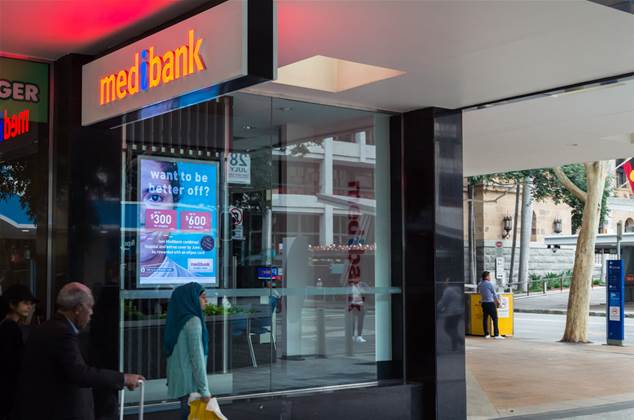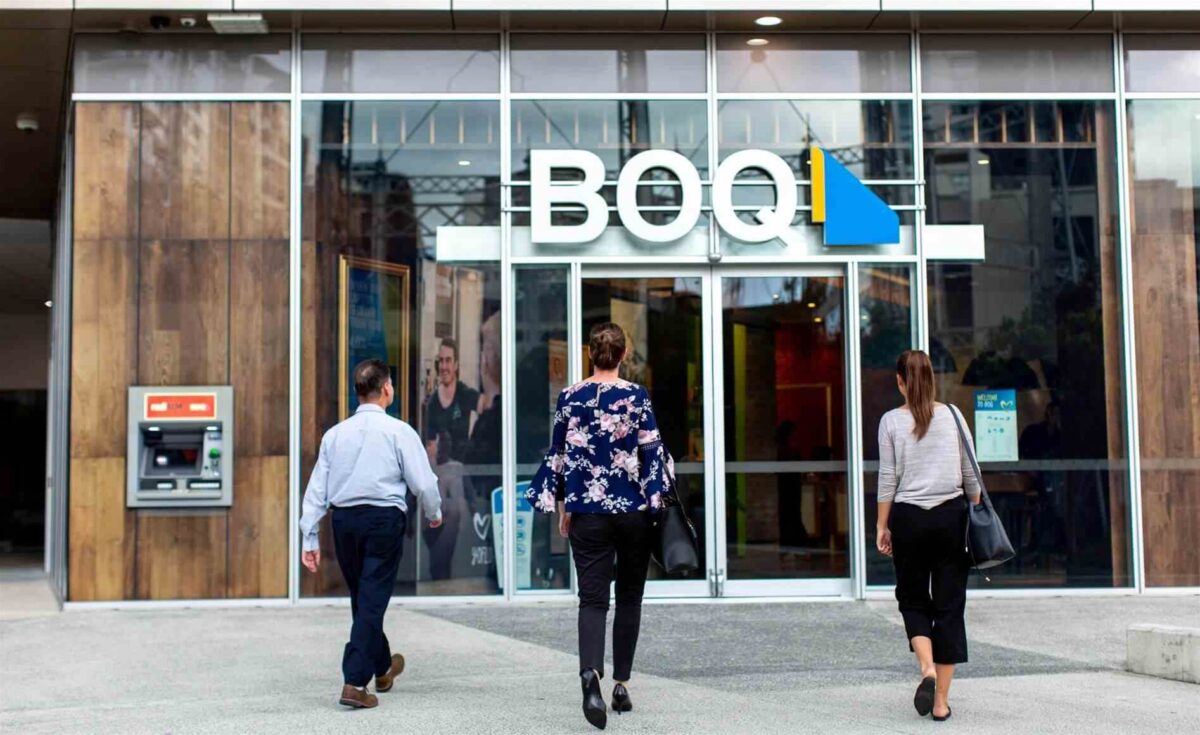Swinburne University Appoints First Chief Data Analytics Officer
We independently review everything we recommend. When you buy through our links, we may earn a commission which is paid directly to our Australia-based writers, editors, and support staff. Thank you for your support!
Swinburne University Names First Chief Data Analytics Officer

Quick Overview
- Swinburne University of Technology has appointed Anthony Perera as the inaugural Chief Data Analytics Officer (CDAO).
- Perera will concentrate on advancing data engineering, reporting, sophisticated analytics, and AI integration at the university.
- His responsibilities will include delivering actionable business insights across the university’s divisions.
- With prior experience as the CDAO at La Trobe University, he plans to utilize his knowledge in data-driven decision-making.
- Perera will report to Swinburne’s Chief Information Officer, Claes Mansson.
A New Chapter in Data-Driven Decision Making at Swinburne
In a major step forward in enhancing its technological prowess, Swinburne University of Technology has appointed Anthony Perera as its first Chief Data Analytics Officer (CDAO). This newly established position signifies the university’s dedication to utilizing data and analytics as a fundamental aspect of its strategic endeavors.
Encouraging Innovation Through Data
Perera’s onboarding is anticipated to revolutionize Swinburne University’s data management practices. The Melbourne institution is pivoting towards enhanced data engineering, intricate reporting frameworks, and the integration of artificial intelligence (AI) solutions. These strategies aim to boost the university’s capacity for generating actionable business insights that will be shared throughout all divisions.
“As Swinburne continues to utilize data and technology as essential differentiators, Anthony and his team will play a vital role in generating new opportunities for our students, streamlining operations, and producing insights that enhance our research outcomes and impact,” said Claes Mansson, the university’s Chief Information Officer.
Leveraging Experience
Anthony Perera arrives in his new position with extensive experience, having held the CDAO role at La Trobe University previously. His expertise in connecting data with decision-makers and users will be crucial for enhancing Swinburne’s business intelligence, strategic planning, and overall experiences for students and partners. Perera is expected to employ innovative data management strategies and AI-driven insights to promote creativity within the university.
Strategic Insight and Leadership
Reporting to CIO Claes Mansson, who joined Swinburne University in January 2024, Perera’s position is integral to the institution’s broader strategic ambitions. His leadership is poised to significantly advance Swinburne’s organizational achievements, particularly through operational optimization and the creation of new prospects for students and staff.
With Perera steering data analytics, Swinburne University is establishing itself as a frontrunner in the higher education landscape, especially concerning the incorporation of data-driven practices into its core functions. This initiative is expected to enhance not just the university’s internal mechanisms but also its research outputs and overall influence.
Conclusion
Swinburne University of Technology has made a considerable leap towards strengthening its technological capabilities by naming Anthony Perera as its first Chief Data Analytics Officer. Focused on data engineering advancements, AI integration, and strategic insights, Perera’s role is set to transform the university’s operations. Reporting directly to the Chief Information Officer, he will harness his vast experience to drive innovation, enrich student engagement, and refine university operations.
Q: Why is the appointment of a Chief Data Analytics Officer important for Swinburne University?
A:
The establishment of a Chief Data Analytics Officer (CDAO) represents a strategic initiative by Swinburne University to boost its data-centric decision-making abilities. This role is essential for harnessing data and technology to enhance operations, improve student engagement, and promote research advancements.
Q: What will be Anthony Perera’s primary focus in his position?
A:
Anthony Perera’s focus will be on enhancing Swinburne’s data engineering capabilities, reporting structures, and AI integration. His role will encompass ensuring that actionable business insights are effectively communicated across the university’s divisions, thus improving strategic planning and decision-making.
Q: What qualifications does Anthony Perera bring to Swinburne University?
A:
Perera has substantial expertise in data analytics, having previously held the position of Chief Data Analytics Officer at La Trobe University. He possesses a robust background in leveraging data to bridge the gap between decision-makers and end-users, thereby enhancing business intelligence and strategic initiatives.
Q: How does this appointment fit into Swinburne University’s larger objectives?
A:
This appointment is in line with Swinburne University’s overarching goal of leveraging data and technology as key drivers in the higher education domain. By enlisting an experienced professional like Perera, the university aims to enhance its operations, generate new opportunities for students, and accelerate research advancements.



















